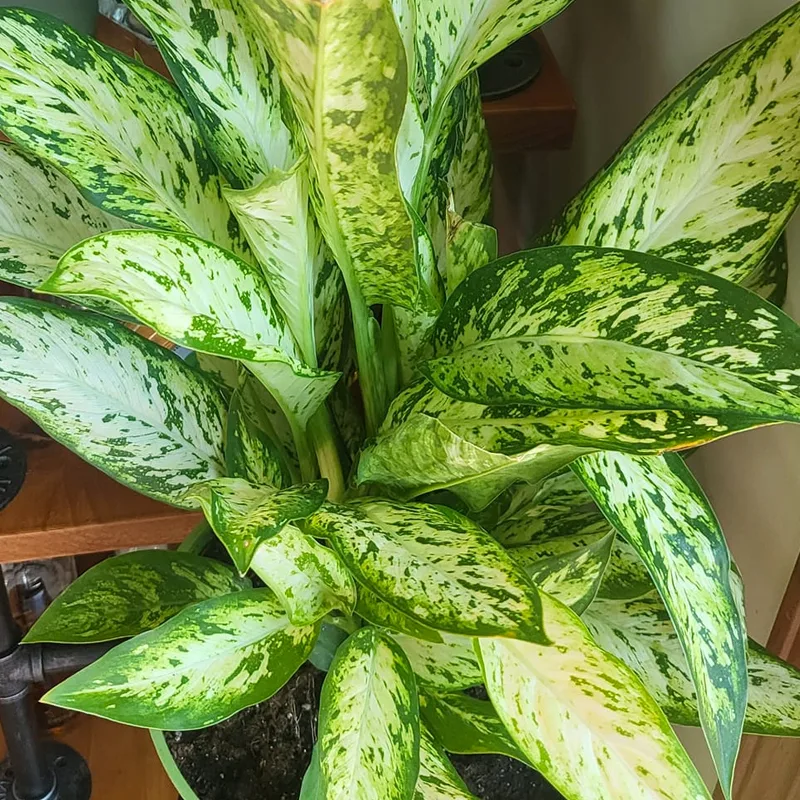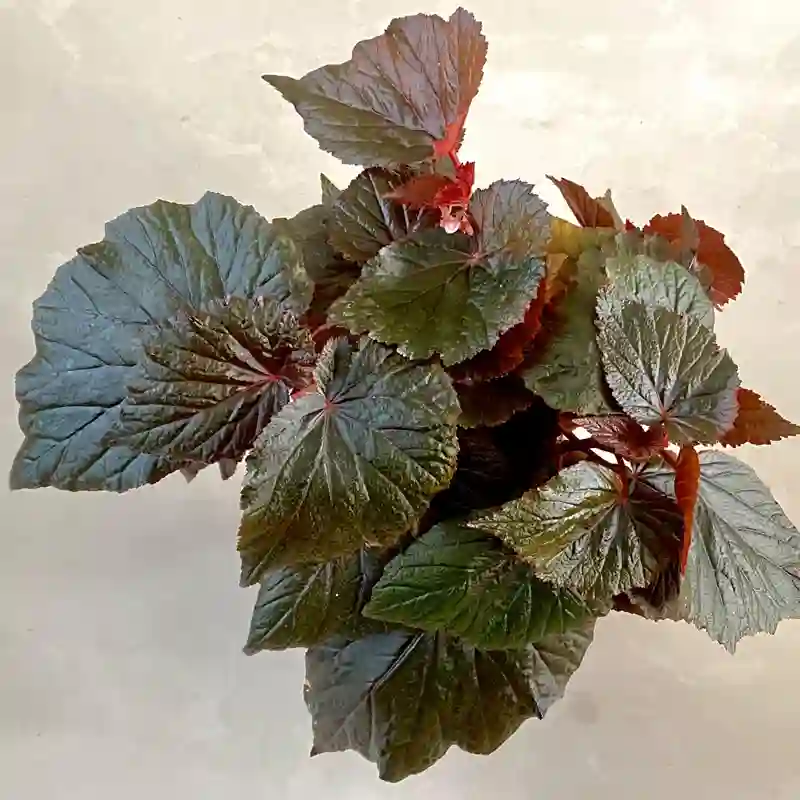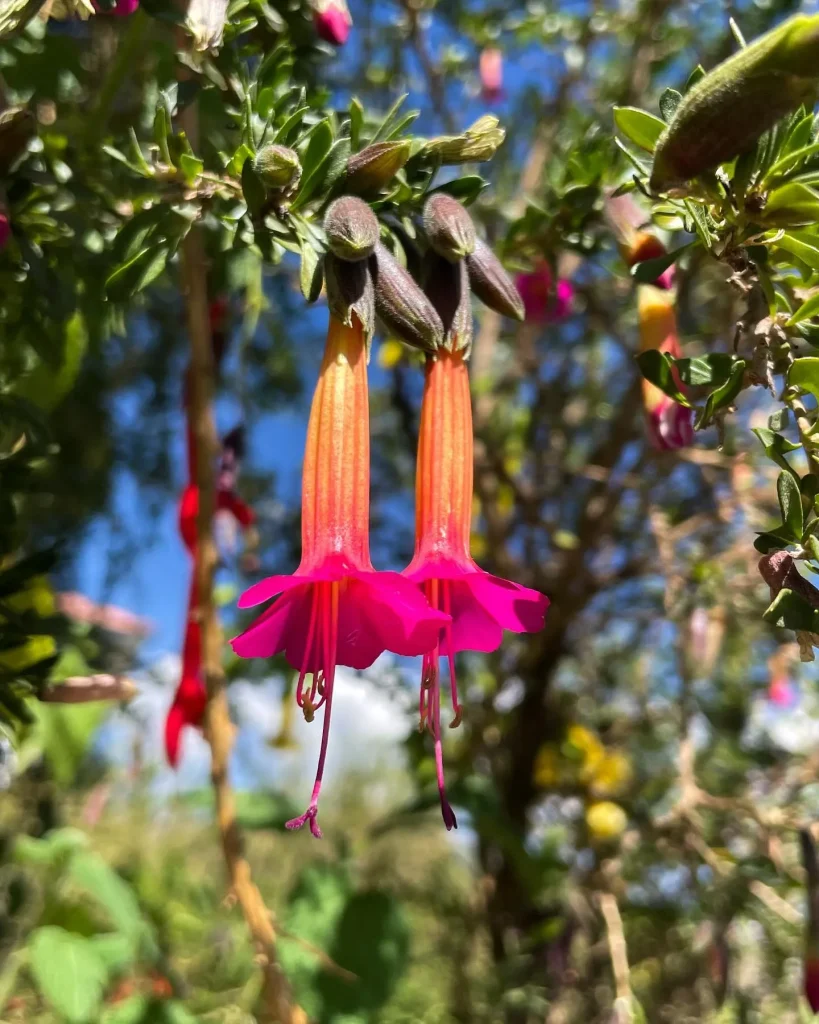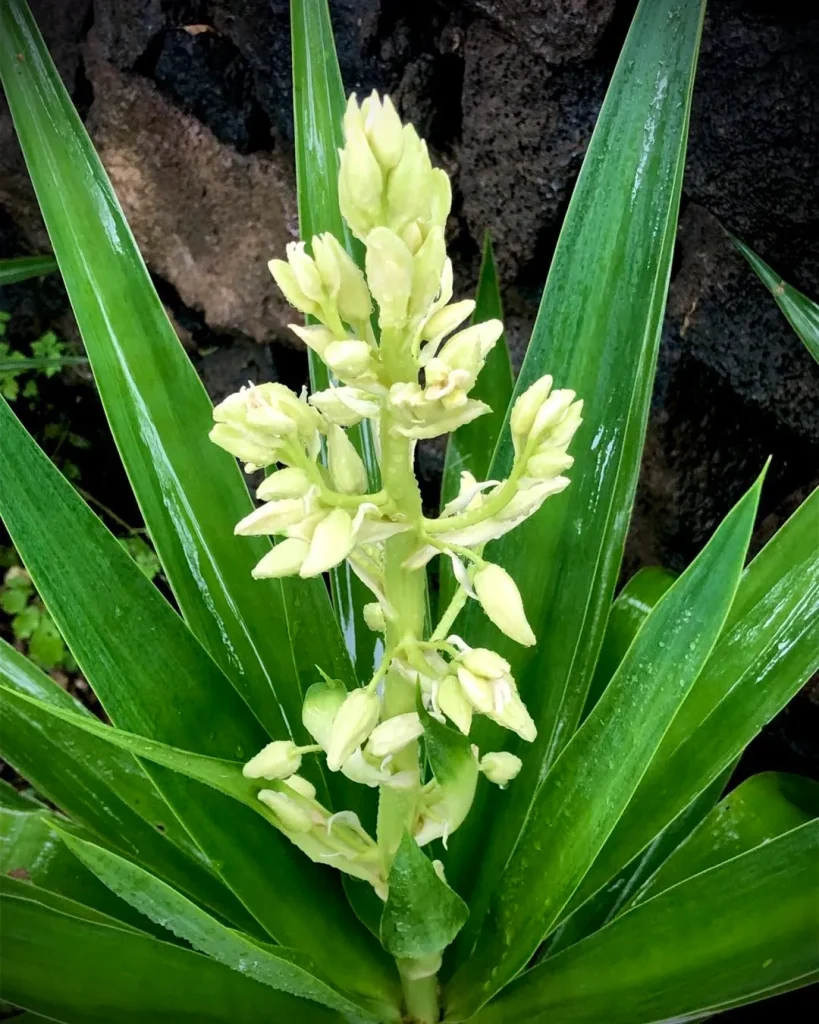My Fascination with the Nyctaginaceae Family
As a plant enthusiast, I’m always on the lookout for unique and intriguing plant families. One that has captured my attention is the Nyctaginaceae, commonly known as the four o’clock family. This family boasts a fascinating array of plants, from showy ornamentals to those with medicinal properties.
Key Characteristics of the Nyctaginaceae
The Nyctaginaceae family is primarily composed of herbaceous plants, but it also includes some shrubs, trees, and vines. One of their most distinctive features is their unique flower structure. Many Nyctaginaceae flowers lack true petals; instead, they have colorful bracts that resemble petals. These bracts often open in the late afternoon or evening, hence the common name “four o’clock family.”
The family’s name, Nyctaginaceae, is derived from the Greek word “nyx,” meaning night, which further emphasizes their nocturnal blooming habit. Another interesting characteristic is their fruit, which is often a hard, one-seeded achene, sometimes enclosed in a persistent base of the flower.
Notable Genera within the Nyctaginaceae
The Nyctaginaceae family encompasses a diverse range of genera, each with its own unique characteristics and appeal. Some of the most notable genera include:
- Mirabilis: This genus is perhaps the most well-known within the family, containing the popular four o’clock flower (Mirabilis jalapa). These plants are loved for their vibrant, multi-colored blooms that open in the evening and fill the air with a sweet fragrance. – 60 Species in Genus Mirabilis
- Bougainvillea: This genus is renowned for its stunning bracts, which come in a dazzling array of colors, including pink, purple, red, orange, yellow, and white. Bougainvilleas are commonly used as ornamental vines or shrubs in warm climates. – 17 Species in Genus Bougainvillea
- Abronia: Also known as sand-verbenas, Abronia species are low-growing plants with fragrant, colorful flowers that attract pollinators like butterflies and bees. – 21 Species in Genus Abronia
- Boerhavia: This genus comprises mostly herbaceous plants with small, inconspicuous flowers. Some Boerhavia species have traditional medicinal uses.
- Pisonia: This genus includes trees and shrubs, some of which have sticky fruits that can trap birds, leading to the common name “bird-catcher trees.”
- Acleisanthes: Acleisanthes is a genus of flowering plants in the Nyctaginaceae family, commonly known as trumpets due to their elongated, open-ended flowers. These are arid-adapted perennials, often found in desert or semi-desert regions, possessing thick taproots that enable them to thrive in harsh, dry conditions.
- Allionia L.
- Andradea Allemão
- Anulocaulis Standl.
- Belemia Pires
- Caribea Alain
- Ceodes J.R.Forst. & G.Forst.
- Cephalotomandra H.Karst. & Triana
- Colignonia Endl.
- Commicarpus Standl.
- Cryptocarpus Kunth
- Cuscatlania Standl.
- Cyphomeris Standl.
- Grajalesia Miranda
- Guapira Aubl.
- Leucaster Choisy
- Neea Ruiz & Pav. – 88 Species in Genus Neea
- Neeopsis Lundell
- Nyctaginia Choisy
- Okenia Schltdl. & Cham.
- Phaeoptilum Radlk.
- Pisoniella Standl.
- Ramisia Glaz. ex Baill.
- Reichenbachia Spreng.
- Rockia Heimerl
- Salpianthus Bonpl.
- Tripterocalyx (Torr.) Hook.
Ecological and Economic Importance
The Nyctaginaceae family plays a crucial role in various ecosystems. Their flowers provide nectar and pollen for pollinators, while their fruits serve as a food source for birds and other animals. Some species also have nitrogen-fixing abilities, enriching the soil and benefiting surrounding plants.
From an economic perspective, the Nyctaginaceae family has significant value. Many species are cultivated as ornamentals, adding beauty and color to gardens and landscapes. Some plants, like Boerhavia, have traditional medicinal uses, while others, such as Pisonia, have ecological importance in their native habitats.
My Continued Exploration
As I continue to delve into the world of plants, the Nyctaginaceae family remains a source of fascination and wonder. Their unique characteristics, ecological significance, and economic value make them a captivating group to study and appreciate. Whether it’s the vibrant blooms of Mirabilis, the stunning bracts of Bougainvillea, or the ecological role of Pisonia, the Nyctaginaceae family offers a wealth of botanical treasures to explore.
My journey with the Nyctaginaceae family has just begun, and I’m excited to continue learning and discovering more about these remarkable plants. I encourage fellow plant enthusiasts to join me in appreciating the beauty and diversity of this intriguing family.
If i die, water my plants!



